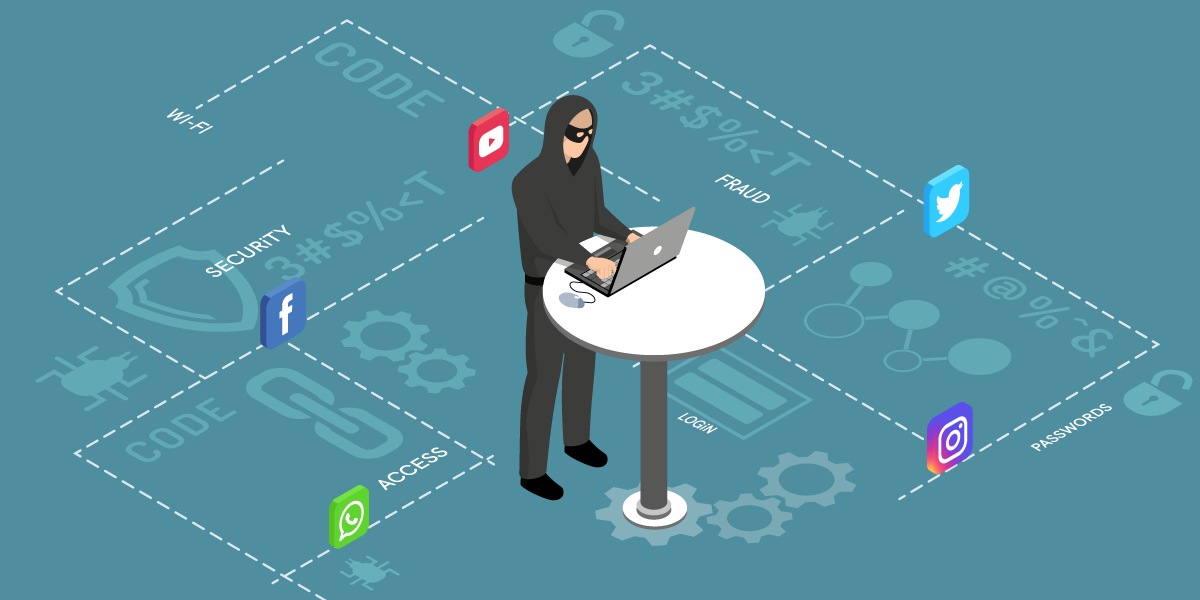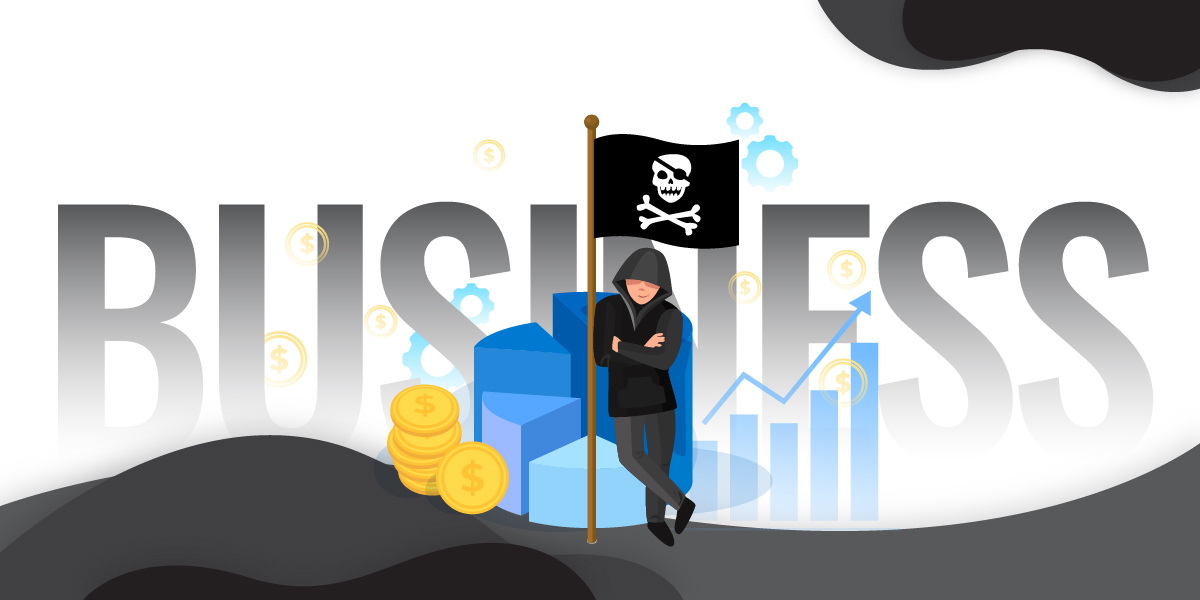Cybersecurity has become vital to enterprise risk management in today’s increasingly digital landscape. However, even the most carefully designed cybersecurity frameworks can harbor vulnerabilities that expose organizations to severe threats. As cyber risks grow in complexity and frequency, enterprises must remain vigilant, constantly assessing and addressing the most pressing challenges to their cybersecurity posture. This constant vigilance keeps organizations alert and prepared to face evolving cyber threats. Through this blog, we will explore the three most significant risks that could undermine enterprise cybersecurity framework, discuss the reasons to be concerned, and offer some strategies to help mitigate these threats.
Understanding Insider Threats: The Hidden Dangers Within
Insider threats, often involving employees with authorized access to critical assets and data, are a significant concern. These attacks, whether stemming from malicious intent or unintentional actions, underscore the importance of understanding and mitigating insider threats. A disgruntled employee or someone seeking monetary gain may deliberately breach security protocols. At the same time, an unintentional insider threat occurs when an employee, often unaware of the implications of their actions, inadvertently compromises security. This understanding is crucial for implementing proactive measures.
What Motivates Insider Attacks: Uncovering the Reasons Behind the Risk
The motivations behind intentional insider attacks are varied, ranging from personal grievances to the desire for financial gain or career advancement. A dissatisfied employee may abuse their access to sensitive information to steal data that could benefit them in future endeavors or sabotage the organization out of spite. Similarly, an employee with elevated privileges, such as an administrator, might misuse their access to delete or manipulate critical data, betraying the trust placed in them by their employer. Organizations must be proactive and vigilant in revoking access privileges when an employee is identified as a potential risk, mainly if they are leaving the company or have expressed dissatisfaction.
Safeguarding Against Insider Threats: Best Practices for Protecting Your Organization
Organizations must implement robust security measures to protect against internal threats through a multi-layered approach, providing reassurance and a sense of security.
- Behavioral Monitoring and Analytics: Use advanced tools to track user behavior and identify anomalies that may indicate insider threats.
- Access Controls and Privilege Management: Follow the principle of least privilege and regularly review access permissions.
- Employee Education and Training: Regular training is vital to raising awareness of cybersecurity risks and best practices, ensuring your team is prepared and knowledgeable.
- Clear Policies and Procedures: Establish guidelines for the appropriate use of company resources and outline the consequences of policy violations.
Shadow IT Attacks: The Hidden Dangers
Understanding Shadow IT
Simply put, Shadow IT involves individual employees or groups within an organization using devices, services, and other solutions without the necessary approval from the IT or IS department.
The increasing popularity of Shadow IT within organizations is mainly driven by the desire to bypass the cumbersome IT department and accomplish tasks promptly, often at the expense of security concerns. It’s important to note that many employees engage in Shadow IT with good intentions, which can lead to increased productivity. However, it also poses a significant threat to enterprise data security.
Why Shadow IT Attacks Are Concerning
Currently, employees in various companies use multiple SaaS applications and personal devices to achieve their goals. However, these can also make employees vulnerable to security risks.
For example, an employee might download a video converter, image editor, or other seemingly valuable apps on a company device. These unsanctioned apps can pose a security risk that employees are unaware of. Additionally, employees using third-party cloud-based file-transfer services to share files without approval contribute to Shadow IT.
These unknown resources could lead to a data breach, malware attack, or accidental shutdown of the entire network.
Shadow IT instances
The modern Shadow IT applications and hardware do not leave any footprint on the enterprise network, which makes it difficult to track or measure the associated risk levels. The popularity of software-as-a-service (SaaS) has compounded the problem further. However, the most commonly practiced Shadow IT services are Cloud Solutions, which include file transfer and storage, Office Macros, PDF tools, Business Intelligence (BI) systems, websites, ERP solutions, Shadow IT projects, and hardware.
Read More: Shadow IT, the most significant cybersecurity risk, explained
Mitigating Shadow IT Risks
To reduce the risks of shadow IT:
- Establish a clear IT governance framework with defined policies for technology use.
- Increase IT visibility with tools for monitoring network traffic and unauthorized devices.
- Provide secure, approved alternatives to commonly used shadow IT tools.
- Conduct regular audits to address instances of shadow IT.
- When implementing a management system for information security, compliance with standards such as ISO 27001 is crucial, while adherence to frameworks like ISAE 3402 ensures that these controls are effectively operative.
Furthermore, it is crucial to ensure the implementation of an effective endpoint protection cybersecurity suite across all devices used by remote employees.
Legacy System Dependencies: The Aging Achilles’ Heel
Understanding Legacy System Dependencies
Legacy systems are outdated software, hardware, or infrastructure that are still used even though newer technologies have replaced them. Many businesses still use legacy systems because replacing them is expensive, migrating to new systems is complex, or believing the old systems still work well. However, these older systems pose a significant cybersecurity risk.
Why Legacy System Dependencies Are Concerning
Legacy systems often lack compatibility with modern security protocols, making them vulnerable to cyberattacks. They may be missing critical security features like encryption, multi-factor authentication, or the ability to apply patches. Additionally, because their vendors no longer support these systems, security updates and patches may not be available, leaving them exposed to known vulnerabilities. Continued reliance on legacy systems also creates integration challenges with newer technologies, leading to potential security gaps. As cyber threats evolve, the inability to adequately protect these outdated systems increases the risk of data breaches, ransomware attacks, and other cyber incidents. Moreover, the potential downtime and operational disruption resulting from a successful cyberattack on a legacy system underscores the need to address this risk.
Mitigating Legacy System Risks
To reduce risks from outdated systems, consider these steps:
- Assess Risks: Evaluate vulnerabilities and prioritize systems needing attention.
- Plan Modernization: Create a long-term strategy for updating or replacing systems.
- Implement Controls: Apply measures to mitigate risks for systems that can’t be immediately replaced.
- Patch and Update: Apply security patches and updates promptly where possible.
- Educate Stakeholders: Ensure understanding of risks to prioritize modernization efforts.
Conclusion
Enterprises invest heavily in cybersecurity to protect their digital assets. However, they still have concerns about insider threats, shadow IT, and dependence on old systems. Continuous employee monitoring and education, strong governance, and a commitment to updating old systems to address these risks are essential. These steps can help enterprises improve cybersecurity and defend against ever-changing cyber threats.











